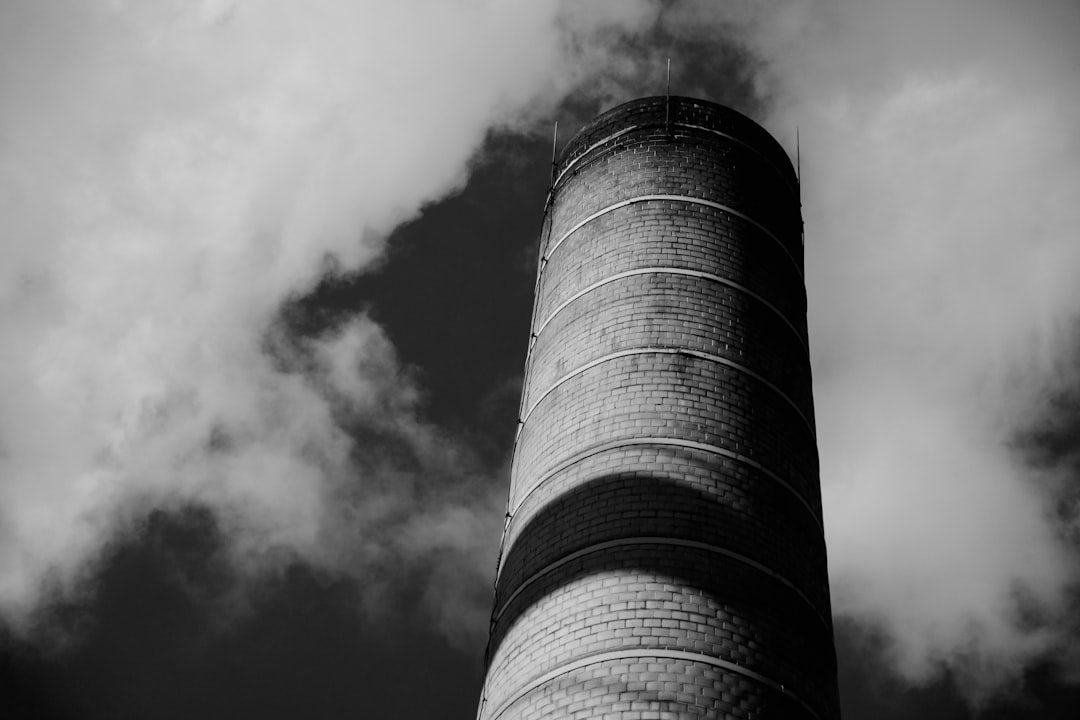body {
font-family: sans-serif;
line-height: 1.6;
}
h1, h2, h3 {
color: #333;
}
The steel industry is a significant contributor to global greenhouse gas emissions. Accurate and transparent carbon emission reporting is crucial for driving decarbonization efforts and meeting increasingly stringent environmental regulations. This comprehensive guide explores the complexities of reporting carbon emissions within the steel sector, providing a clear understanding of the processes involved.
Understanding the Scope of Steel Emissions: Scope 1, 2, and 3
Reporting carbon emissions in the steel industry requires understanding the Greenhouse Gas (GHG) Protocol’s three scopes:
- Scope 1: Direct Emissions: These are emissions produced directly from owned or controlled sources. In steel production, this includes emissions from coke ovens, blast furnaces, and other direct combustion processes within the steel plant. Accurate measurement requires meticulous monitoring of fuel consumption, process efficiency, and fugitive emissions (e.g., leaks from pipelines).
- Scope 2: Indirect Emissions from Energy Consumption: These emissions arise from the generation of purchased electricity, heat, or steam used in steel production. Reporting requires obtaining data from energy suppliers on the carbon intensity of their electricity generation. This often involves using emission factors provided by national or regional grid operators.
- Scope 3: Indirect Emissions from the Value Chain: This is the most complex scope, encompassing emissions from sources not owned or controlled by the steel producer but related to its operations. This includes emissions from:
- Upstream Activities: Raw material extraction (iron ore, coal, etc.), transportation of raw materials, and the manufacturing of purchased goods and services.
- Downstream Activities: Transportation of finished steel products, use of steel products by customers, and end-of-life management of steel products.
Accurate Scope 3 reporting requires extensive data collection across the entire value chain, often involving collaboration with suppliers and customers. Life Cycle Assessments (LCAs) are commonly used to quantify these emissions.
Methodologies for Carbon Emission Calculation in Steel Production
Several methodologies exist for calculating carbon emissions in steel production. These methodologies vary in complexity and data requirements. Common approaches include:
- Tier 1: Using Emission Factors: This involves using default emission factors based on industry averages or regionally specific data. This approach is relatively simple but less accurate than other methods.
- Tier 2: Using Activity Data and Emission Factors: This involves multiplying activity data (e.g., fuel consumption, electricity usage) with specific emission factors relevant to the specific processes and fuels used. This approach offers greater accuracy than Tier 1.
- Tier 3: Process-Based Accounting: This involves detailed mass and energy balances for each process within the steel plant, providing the most accurate emissions estimates. This method requires extensive data collection and analysis.
The choice of methodology depends on the level of detail required, data availability, and resources available.
Data Collection and Verification: Ensuring Accuracy in Reporting
Accurate carbon emission reporting requires robust data collection and verification processes. This involves:
- Implementing a robust data management system: This should track all relevant data related to energy consumption, fuel usage, raw material inputs, and other emission sources.
- Regular monitoring and calibration of monitoring equipment: Accurate measurement of emissions requires properly calibrated equipment and regular maintenance.
- Data validation and quality control: Regular checks should be implemented to ensure data accuracy and consistency.
- Third-party verification: Independent verification by accredited organizations can enhance the credibility and trustworthiness of the reported emissions.
Reporting Frameworks and Standards: Navigating the Regulatory Landscape
Several reporting frameworks and standards guide the reporting of carbon emissions. These include:
- The Greenhouse Gas Protocol: Provides a widely accepted framework for corporate GHG accounting and reporting.
- ISO 14064-1: Specifies principles and requirements for quantifying and reporting GHG emissions.
- Carbon Disclosure Project (CDP): A global environmental disclosure platform that encourages companies to disclose their environmental impacts.
- Industry-Specific Standards: Some industries have developed specific standards for carbon emission reporting, providing guidance tailored to their unique circumstances. The steel industry is actively developing such standards.
Understanding and adhering to relevant frameworks and standards are crucial for ensuring compliance and building stakeholder trust.
Reducing Carbon Emissions in Steel Production: A Path to Sustainability
Accurate carbon emission reporting is not just a compliance exercise; it’s a critical step towards reducing emissions and achieving sustainability goals. Strategies for reducing carbon emissions in steel production include:
- Transitioning to low-carbon energy sources: Replacing coal with renewable energy sources like hydrogen or electricity from renewable sources.
- Improving energy efficiency: Optimizing processes to reduce energy consumption per unit of steel produced.
- Implementing carbon capture and storage (CCS): Capturing CO2 emissions from steel production and storing them underground.
- Utilizing alternative raw materials: Exploring alternative iron ore sources or using recycled steel.
- Developing and deploying innovative technologies: Investing in research and development of new steelmaking technologies with lower carbon footprints.
A combination of these strategies will be needed to significantly decarbonize the steel industry.
Accurate and transparent carbon emission reporting is essential for the steel industry’s transition to a more sustainable future. By understanding the different scopes of emissions, employing appropriate methodologies, and adhering to relevant reporting standards, steel producers can play a vital role in mitigating climate change.
Tags: Carbon emissions, steel industry, GHG reporting, Scope 1, Scope 2, Scope 3, sustainability, decarbonization, steel production




